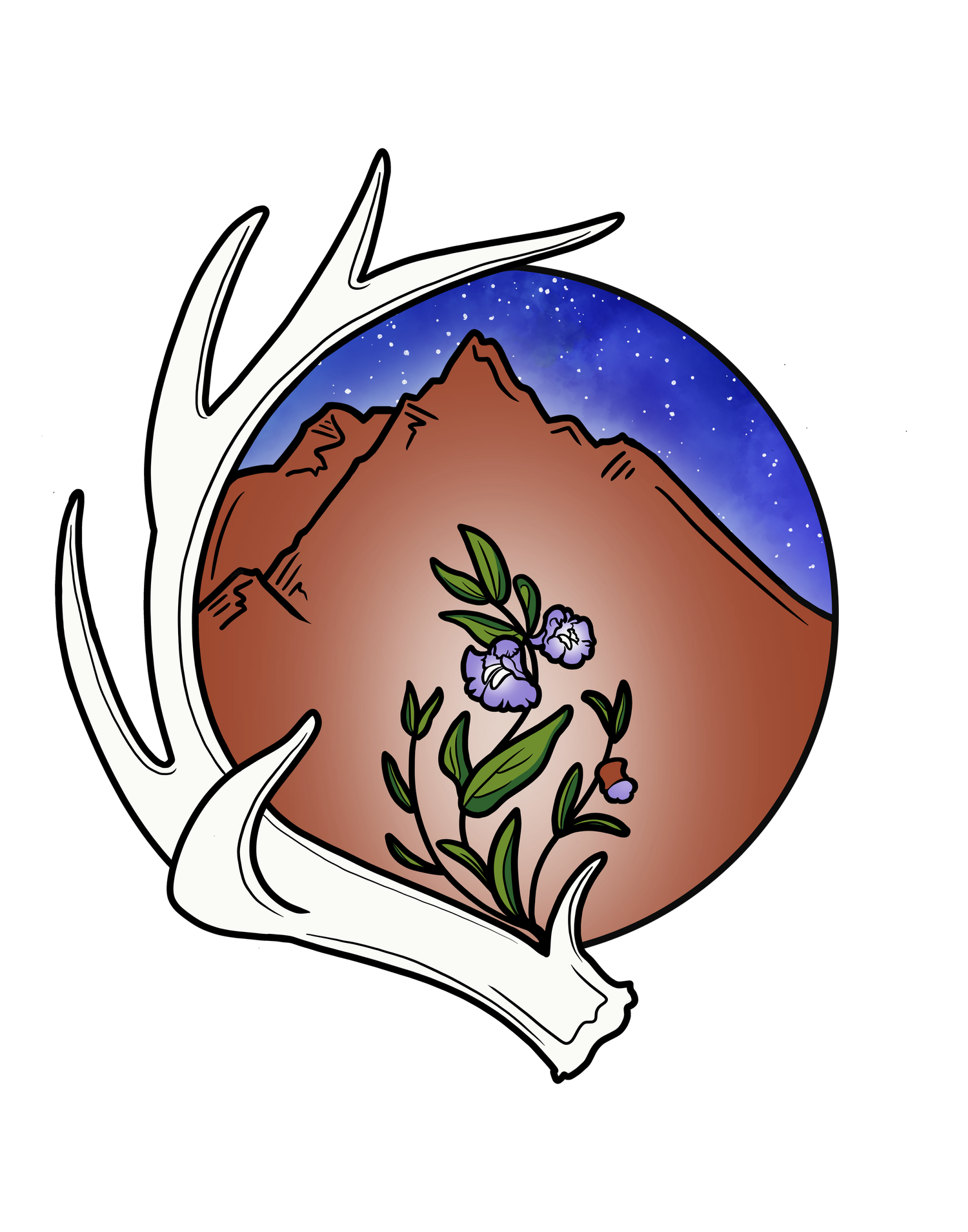Herbal Actions: Awesome Alteratives
Cabin fever. Climbing the walls. Winter Blues.
If you live in a northern climate like New England, you probably know the feeling. That icky, stuck sensation that comes with being cooped up for too long during the winter. Feeling just not quite right, not sick, but just not quite healthy.
Back in the day, herbalist’s used a term called ‘Bad Blood’ to describe this stuck feeling. While we might see this as a bit archaic these days, the description is actually fairly accurate.
When the filter organs (liver, kidneys, spleen, lymphatics, etc.) are not getting the movement or nutrients they need, they tend to become sluggish and less efficient. This can lead to increased waste products in blood circulation, and from there to a number of rather icky conditions. Acne, poor digestion, feelings of frustration, and poor sleep are just a few factors associated with poorly functioning filters.
This is where Alteratives come in, the ultimate spring cleaners. These are herbs used to encourage movement and function in all the forgotten bits of the body. They generally have an affect on your major filter organs, such as your liver and lymphatics, as well as encouraging digestion.
Also associated with ‘tonics’, alteratives are often taken in spring, and are commonly associated with the first greens of the season, such as dandelion, nettle, and garlic mustard. While eating wild greens is a great practice some alteratives are better consumed as roots (Burdock, yellow dock, and Echinacea, for example).
If you’re planning on getting into alteratives this spring, a great way to take both the leaves and roots together is as an herbal vinegar. Pop your herbs in a blender, cover with apple cider vinegar and a little water, whiz it around, and Voila! Medicinal salad dressing:)
Happy Spring Cleaning!
Some Common Alteratives found in New England:
Burdock (Arctium vulgare)
Dandelion (Taraxacum officinale)
Yellow dock (Rumex crispus)
Calendula (Calendula officinalis)
Bedstraw (Galium aparaine)
Red Clover (Trifolium pratense)
Plantain (Plantago spp.)
Nettle (Urtica dioica)
Wild Garlic (Allium vineale)
Garlic Mustard (Alliaria petiolata)
